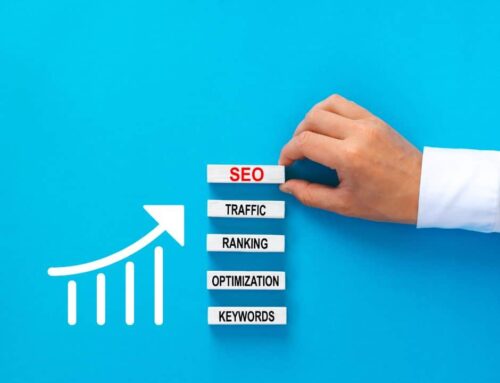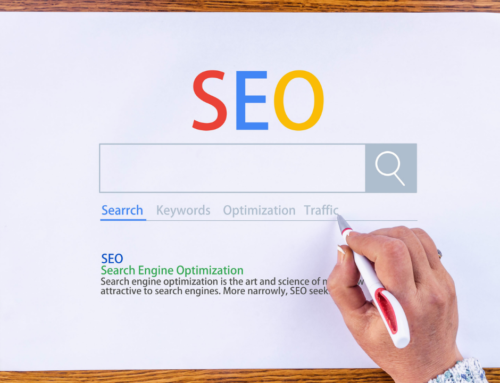In 2020, it feels like more people than ever before are making the best of difficult situations and finally turning their hobbies into businesses, or taking their micro-businesses to the next level. And because we’re living in 2020 and firmly into the digital age, an online presence for your business is more necessary than it’s ever been. Luckily, selling your products online has never been more accessible–the biggest challenge is wading through all the various storefronts, platforms, and marketplaces to figure out the best way to build a successful ecommerce shop. To help overcome that challenge, here’s a brief breakdown of your different ecommerce options:
Online Marketplaces
Pros:
- Low barrier for entry
- No need to create/host your own site
- Marketplaces do their own marketing on the platform
- Users can discover your products while browsing
Cons:
- Limited control over branding and marketing
- Rules can change at any time
- Platform often takes a cut of sales
- Harder to reach potential customers outside of that platform
From eBay’s curios and collectibles to Etsy’s unique arts & crafts to Amazon’s current global dominance, online marketplaces have been a staple of the internet era and it’s safe to say nearly everyone has experience with at least one. More than just a simple webshop, online marketplaces allow independent sellers to offer their goods to buyers via a centralized, “one-stop” shop where browsing, purchasing, and payment can all be completed without ever leaving the website. To get started, typically you sign up as a seller on your marketplace of choice, and set up a “shop,” upload products, and price/categorize/market them using the ready-made tools provided by the marketplace’s platform. Once approved, you can start selling.
One benefit is that an online marketplace allows you to “go to your buyers.” If your customer base (or potential customer demographic) consistently uses a particular online marketplace, then setting up a shop on one of these platforms gives you the opportunity to get in front of them with relative ease. Additionally, the barrier for entry is also quite low: you don’t need your own ecommerce site or any web development experience to start selling, and marketplaces do marketing on their own platforms which allows buyers on the platform to discover your products.
The downside of this ease of use and immediate accessibility is that because someone else runs the platform, many sellers quickly find they lack the control and sense of ownership over their shop they’d otherwise like to have. As a seller on an online marketplace, you’re at the whims of that platform–if they add/increase fees, you have to decide to pay or to leave. If they change their rules or decide you’ve violated them, you could be shut down without much say. And of course, you’re limited to that marketplace’s audience unless you actively market to drive customers from other places to that online marketplace.
Social Media Storefronts/Facebook Commerce
Pros:
- Millions of built-in users toward whom you can market
- Granular micro-targeting options to help you find your audience
- Users can buy products without leaving their social media sites
- Social features allow for more organic reach
Cons:
- Still no ownership over your storefront
- Opaque algorithms can make it hard to stay consistently successful
- Additional responsibility of social media management
- Products won’t reach those not on the platforms
As social media has grown as a platform for businesses to advertise, it’s only natural that the companies have expanded into the ecommerce game itself. Facebook Shops allows users to buy products from sellers without ever leaving the platform, while Instagram (itself owned by Facebook) allows you to tag products to buy directly from a post. The functionality is somewhat similar to the online marketplaces outlined above: to start selling, you’ll create a catalog within Facebook Commerce Manager, from which you can push your products to your Facebook Shop page or to your Instagram business profile.
Using Facebook Commerce platforms gets access to the largest social media audience on the planet, which is an appealing benefit. While online marketplaces by definition serve people already looking to shop, social media storefronts allow you to get in front of the eyeballs of millions of people who may not even know they’re interested in your product (yet). You also get access to Facebook’s sophisticated micro-targeting system if you choose to run paid ads for your products, and of course all of Facebook and Instagram’s social features (sharing, liking, commenting) allow for endless opportunities to market organically (this also comes with the added responsibility of managing the social aspects of your listings).
Like other online marketplaces, your social media storefront is not owned by you but rather owned by the developer (in this case, Facebook). Dealing with algorithmic changes, restricted ad reach, opaque rules and community standards–these are some of the potential hurdles of running a Facebook Shop and can make it difficult to run your business exactly the way you want it to be run.
Ecommerce Platforms
Pros:
- An ecommerce site you can make your own
- Full control over branding and marketing of your products
- Not subject to limitations of other platforms
- Can integrate with other ecommerce marketplaces/social storefronts
Cons:
- Can be intimidating or hard to approach for less-experienced users
- Site building and maintenance fall into your hands
- Requires more marketing and business growth knowledge
- No built-in audience for your products
Lastly, we have dedicated ecommerce platforms–these platforms offer the tools you need to build a dedicated ecommerce shop of your own, allowing you to build, maintain, and market an ecommerce site built and designed for your product(s) and your needs. While many exist, the two major ecommerce platforms are Shopify and WooCommerce: While the comparisons between the two are extensive and we could go on for days, the core difference is that Shopify is an all-in-one platform that makes it easy to get up and running but is slightly more restrictive, and WooCommerce is an open-source platform that requires a bit more technical expertise but ultimately allows for more customization.
Ecommerce platforms like Shopify and WooCommerce will give you more control over your ecommerce activity than online marketplaces or social media storefronts–from building the store to how you approach your marketing, these platforms truly let you make your vision a reality. They also allow for extensive integration with the other categories. For example, a seller can easily integrate their Shopify store with Amazon or Facebook to sell their products through not only their own website, but these platforms as well.
However, with great power comes great responsibility, and that’s true here as well: while these ecommerce platforms offer loads of freedom and a true sense of ownership over your web business, they can also require more work to get set up and more knowledge to maximize potential results. Finding an audience, placing ads, doing search engine optimization, and more–all these aspects are yours to manage (although the platforms do provide tools to help).
Of course, whatever method you choose to sell your products or services, we’re here to help you make the most of it. Skol Marketing can help you set up your ecommerce shop for the first time, or help market your current shop if you’ve already taken that first step. If you’d prefer one-on-one guidance or would like to discuss how our assistance can help you grow and maintain your business’ customer base, please don’t hesitate to contact the local ecommerce marketing experts at Skol Marketing.







